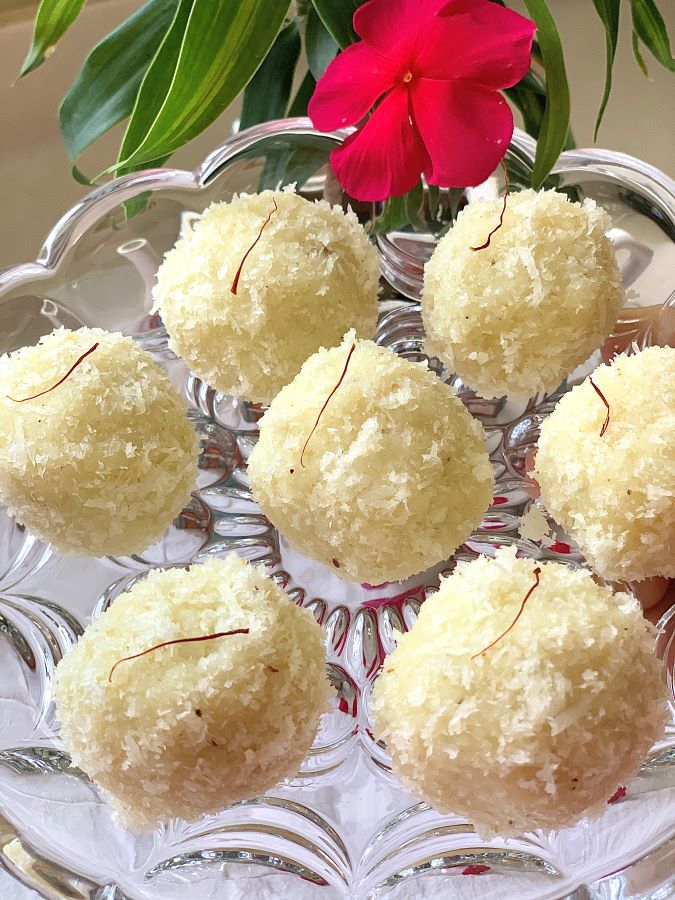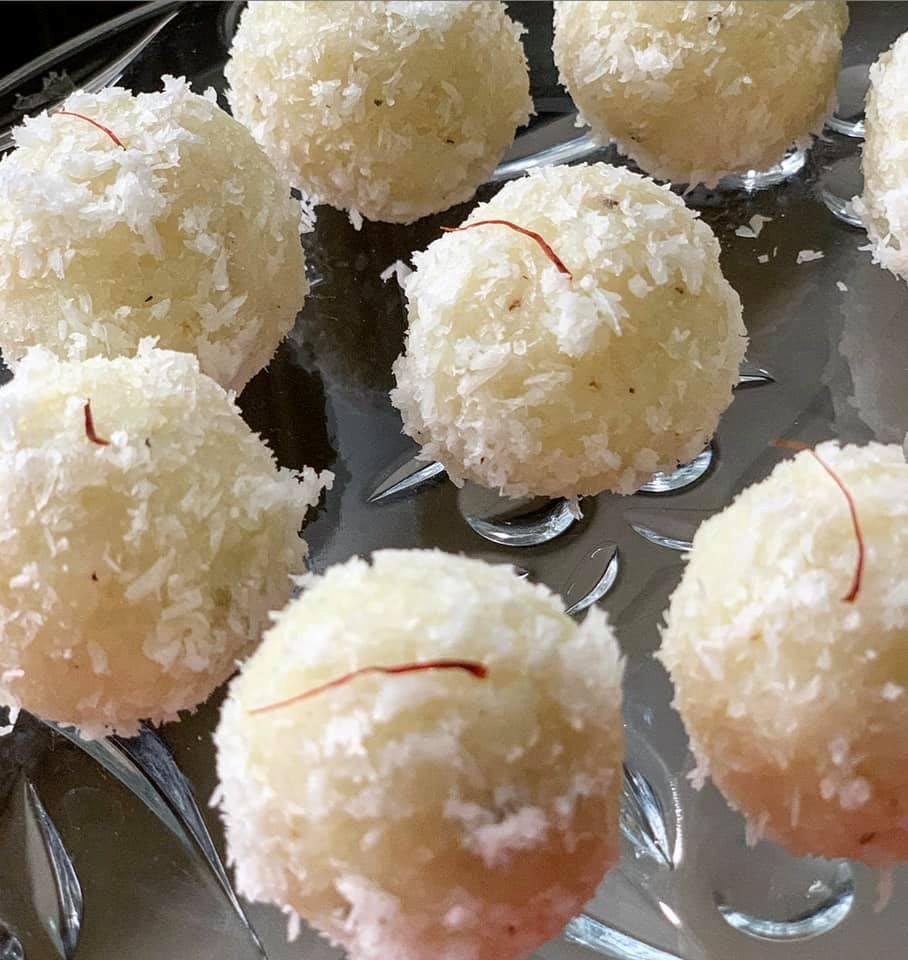
When summer rolls in with the golden abundance of ripe mangoes, there’s no better way to celebrate the season than with a bowl of chilled Mango Shrikhand. Known traditionally as Amrakhand, this creamy, luscious yogurt-based dessert from Western India is the perfect blend of simplicity and indulgence. In this comprehensive guide, we’ll cover the classic method, creative serving ideas, modern shortcuts, flavor variations, and expert tips to help you perfect this timeless treat.
🌿 What is Mango Shrikhand?
Shrikhand is a traditional Indian dessert made by straining yogurt to remove whey and then sweetening and flavoring the resulting thick curd. Mango Shrikhand, or Amrakhand, takes this base and blends it with ripe mango pulp to create a rich, fruit-forward dessert.
It’s especially popular in Gujarat and Maharashtra, often served chilled with hot puris during festivals like Gudi Padwa and Raksha Bandhan.
🥛 Ingredients for the Classic Recipe (Serves 4–6)
- 2 cups full-fat plain yogurt (or 3 cups if accounting for straining)
- 1 cup mango pulp (fresh Alphonso or Kesar preferred, or canned if off-season)
- 1/2 cup powdered sugar (adjust to taste and mango sweetness)
- 8–10 saffron strands, soaked in 1 tbsp warm milk
- 1/4 tsp green cardamom powder
- Garnish: Chopped pistachios, almonds, mango cubes, saffron strands
✅ Step-by-Step Method: Classic Mango Shrikhand
Step 1: Prepare the Hung Curd
- Place the yogurt in a muslin or cheesecloth.
- Tie the cloth and hang over a bowl in the fridge for 4–6 hours (or overnight) to drain excess water.
- After straining, you should have about 1.5 to 2 cups of thick hung curd.
Step 2: Whisk It Smooth
- Transfer the hung curd to a mixing bowl.
- Whisk until smooth and creamy, removing all lumps. This step is crucial for the signature velvety texture.
Step 3: Add the Flavors
- Add powdered sugar, saffron-infused milk, and cardamom powder.
- Mix thoroughly, ensuring the sugar dissolves completely.
- Fold in mango pulp and blend until the mixture is uniform and silky.
Step 4: Chill and Serve
- Refrigerate for at least 1 hour to allow the flavors to meld.
- Serve chilled, garnished with chopped nuts and mango cubes.
🌈 5 Creative Twists on Mango Shrikhand
1. Instant Greek Yogurt Amrakhand
Skip the straining process by using thick Greek yogurt. Just whisk with sugar, mango pulp, saffron, and cardamom. It’s quick, easy, and just as delicious.
2. Saffron-Luxury Shrikhand
Enhance the saffron presence by soaking a generous pinch in warm milk for 30 minutes. This version offers a regal color and aromatic depth.
3. Shrikhand Puff Pastry Bites
Spoon mango shrikhand into baked puff pastry shells. Top with chopped pistachios. A perfect bite-sized fusion dessert.
4. Layered Watermelon-Mango Cups
Layer chilled watermelon cubes and mango shrikhand in glasses. The juicy freshness of watermelon balances the rich shrikhand beautifully.
5. Mango Shrikhand Tart
Fill a cookie or gingersnap crust with mango shrikhand. Top with fresh fruit and nuts. This is a show-stopping dessert for any dinner party.
☕ Expert Tips for Perfect Shrikhand
- Use full-fat yogurt for creaminess and richness.
- Choose sweet, non-fibrous mangoes like Alphonso or Kesar for best flavor.
- Sweetness check: Always taste and adjust sugar after adding mango pulp.
- Texture matters: Use a hand whisk or immersion blender to remove any graininess.
- Chill well: Shrikhand improves in flavor after resting in the fridge.
🍽️ How to Serve
- Traditionally served with hot puris.
- Can be served in dessert glasses as part of a modern Indian menu.
- Garnish with edible silver foil (varak) for festive occasions.
📆 Storage and Shelf Life
- Store in an airtight container in the refrigerator.
- Stays fresh for up to 3–4 days.
- Not ideal for freezing due to texture changes upon thawing.
📍 Final Thoughts
Mango Shrikhand is a summer favorite that delivers maximum flavor with minimal effort. Whether you stick with the classic or try a creative twist, it’s a dessert that wins hearts and cools the soul. So the next time you spot juicy mangoes at the market, you know what to do.
Have a favorite variation of your own? Drop it in the comments!
✅ 10 Frequently Asked Questions (FAQs)
- Can I use store-bought yogurt for Mango Shrikhand?
Yes, full-fat plain yogurt works best. If it’s watery, strain it overnight to get thick hung curd. Avoid flavored or low-fat yogurts. - What is the best mango variety for Shrikhand?
Alphonso (Hapus) and Kesar mangoes are ideal due to their sweetness, aroma, and smooth pulp. Ataulfo is a good substitute outside India. - How long should I strain the yogurt?
Strain for at least 4–6 hours in the fridge. For the creamiest texture, overnight straining is best. - Can I make Mango Shrikhand without sugar?
Yes, you can use natural sweeteners like honey, maple syrup, or powdered jaggery. Adjust the quantity based on mango sweetness. - Is Greek yogurt a good shortcut?
Absolutely. Greek yogurt is already strained and provides a quick, creamy base. Just mix in your mango pulp and spices. - Can I make Mango Shrikhand vegan?
Yes. Use thick coconut yogurt or cashew yogurt as a base. Ensure it’s unflavored and full-fat for the best results. - How do I prevent watery shrikhand?
Proper straining of yogurt is essential. Also, avoid overly juicy or fibrous mangoes. Chill before serving to set the texture. - What are some creative toppings or garnishes?
Chopped pistachios, almonds, saffron strands, mango cubes, rose petals, or even pomegranate seeds work beautifully. - How long can I store Mango Shrikhand?
Store it in an airtight container in the fridge for up to 3–4 days. Always serve it chilled. - Can I prepare Mango Shrikhand in advance for parties?
Yes! Prepare it a day ahead and refrigerate. You can even pipe it into tart shells or glasses just before serving.













